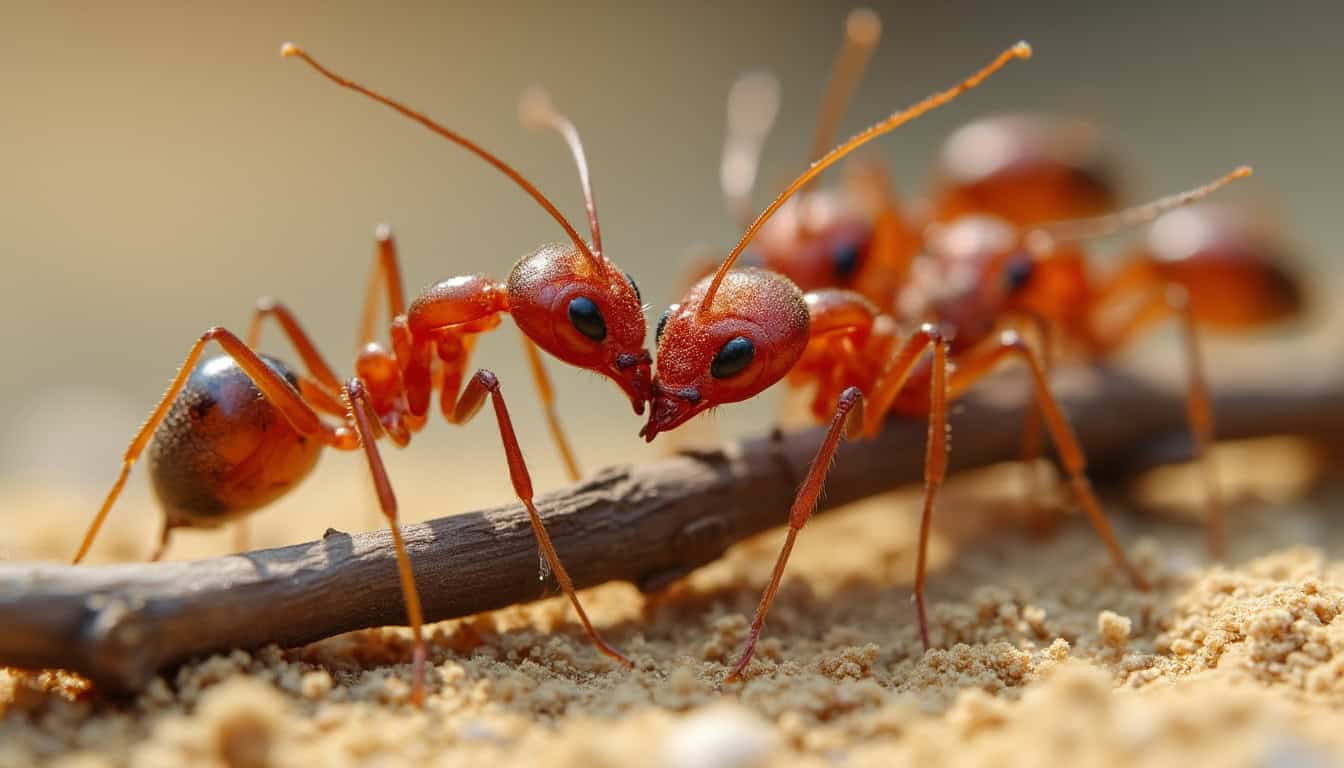Easy Steps To Eradicate Ants in the Summer Season

Ants are one of the most common household pests, and they are particularly persistent due to their capacity to swiftly establish nests and adapt to a range of conditions. As temperatures rise in the southwestern desert, controlling ant infestations becomes increasingly more difficult.
Ant behavior can be significantly affected by extreme heat, which often pushes these tiny invaders inside homes in search of cooler settings and dependable water sources. For more information, contact saelapest.com.
Ways to remove summer in the winter season
We are going to examine how ants behave in severe temperatures in this blog post and provide useful management tips for these infestations. Understanding these dynamics is essential, whether you are dealing with ants trying to avoid entering at all or ants seeking cover from the intense heat.
Knowing Why Ants Act in Hot Settings
Ants are highly adaptive and robust animals, and their behaviors are greatly impacted by their surroundings. Ants have to deal with very high temperatures in the hot, dry outhwestern desert, which can drastically change their usual activity patterns. To properly manage and avoid infestations, it is essential to comprehend these behaviors.
· Thermal Tolerance and Activity Levels:
The majority of ants are ectothermic, which means that their metabolic rate and body temperature are influenced by their surroundings. Certain ant species reduce their surface activity during the hottest times of the day in order to protect themselves from the possibly fatal heat. Rather, cooler times like the early morning or late evening could lead them to become more active.
· In search of moisture and shelter:
Ants often migrate indoors as temperatures rise in pursuit of moisture and cooler temperatures. This habit explains why, during heat waves, homeowners might notice an increase in ant activity within their homes. Because they often offer a lot of moisture and possible food supplies, kitchens and bathrooms are especially vulnerable to ant infestations.
Ways to Prevent Infestations
Ant infestations can be averted, especially during the heat of the summer, by combining physical barriers, smart planting, and regular housekeeping. Homeowners may significantly reduce the possibility that ants will target their residence by following these guidelines. Here are a few successful tactics:
1. Seal Points of Entry:
· Inspect and seal any crevices or cracks:
Look for foundation cracks, gaps under windows and doors, and gaps around utility pipes and wires on the outside of your home on a regular basis. Close these potential entry locations using silicone caulk or another suitable sealant.
· Change the weather stripping:
Inspect the weather stripping around windows and doors. Replace it if it is missing or worn out to stop ants and other pests from getting through these openings.
2. Landscape Considerations:
Make sure that shrubs, trees, and other vegetation are not touching your house by cutting them away from it. Ants may use vegetation as a bridge to enter your home.
· Select Plants That Deter Ants:
Some plants have an inbuilt capacity to keep ants away. Think about planting marigolds, lavender, or mint by the entryways and around the outside of your house.
· Reduce Moisture in Your Yard:
Make sure your garden has enough drainage and avoid overwatering it. Ants are drawn to puddles and constantly moist soil.
3. Home Hygiene Habits:
· Keep your Clean Kitchen:
To get rid of spills and crumbs, sweep the floors and wipe down the counters on a regular basis. Ripe fruit should be chilled, and food is best kept in airtight containers.
· Effective Garbage Management:
Make sure the lids on both the inside and outdoor garbage cans fit securely and that they are regularly emptied. Before putting away food containers in recycling bins, rinse them out.
· Frequent Inspection and Maintenance:
Look for signs of ants along with other pests frequently under water heaters, behind sinks, and in other wet areas. As quickly as possible, fix any leaks to prevent the development of water sources that can draw ants.

